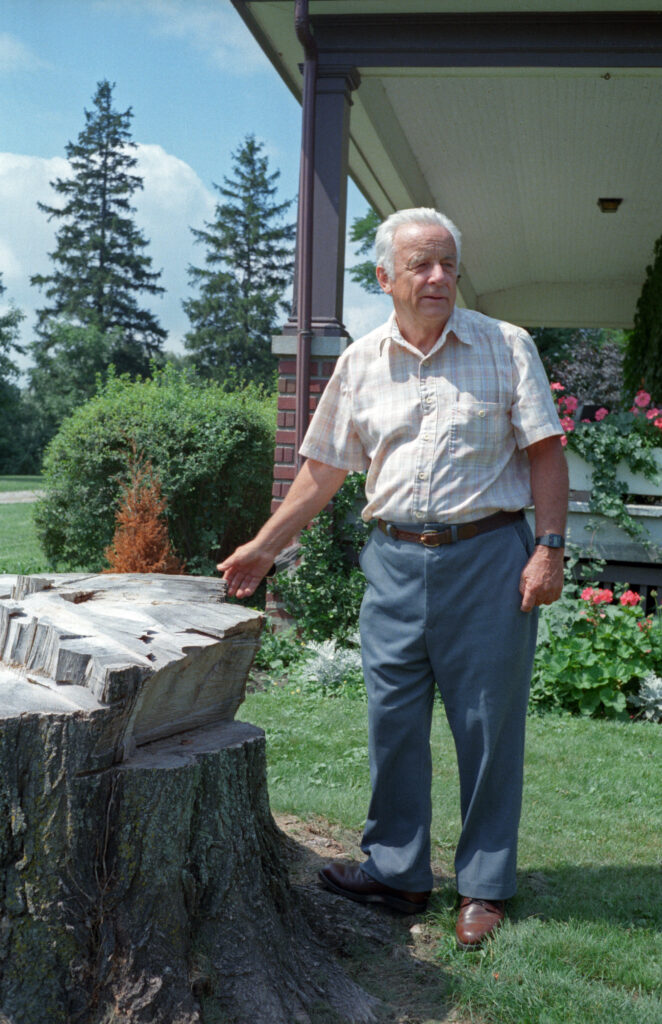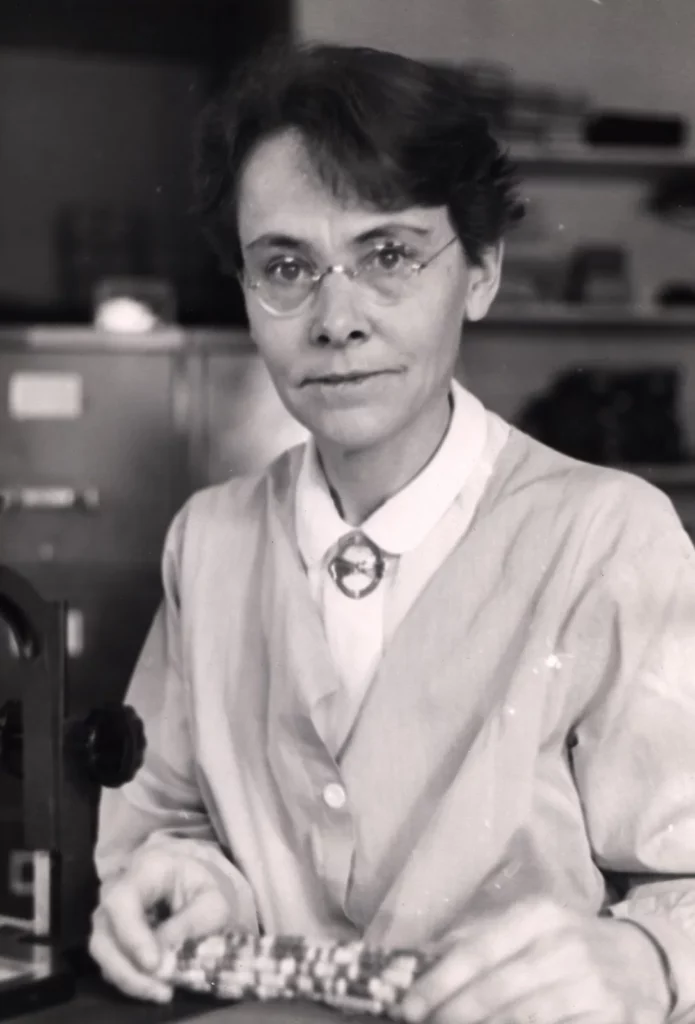How good are Good’s buffers and more name dropping.
Some scientists, when doing their research, realize that something is missing. Few of them can develop something new, a new method, a new tool that allows them to do that experiment they want to do. Even fewer of them find that their innovation becomes a useful tool for many other scientists. Such developments are revolutionary because they can advance research in many fields.
I was fortunate to meet some of these people. So please, let me show off! I will add more names later on.

Photo: Norman Good (1917-1992)
Buffers are crucial tools in biochemistry and physiology because life depends on regulation of pH (acidity of the medium). Buffers are chemicals that when dissolved in water are able to neutralize small amounts of added acid or base, maintaining the pH of the solution relatively stable. Before Norman’s work, few hydrogen ion buffers between pH 6 and 8 had been accessible to biologists, and as a result, scientists were using buffers that were unsuitable: toxic, reactive and/or inefficient buffers. Many Good’s buffers became and remain crucial tools in modern biological laboratories.
Good’s buffers are twenty buffering agents for biochemical and biological research selected and described by Norman Good and colleagues during 1966–1980. Most of the buffers were new zwitterionic compounds prepared and tested by Good and coworkers for the first time, though some (MES, ADA, BES, Bicine) were known compounds previously overlooked by biologists.
Norman Good developed these buffers while doing his investigations on photosynthetic electron transport and ATP synthesis, he was a pioneer in many topics that you can find in textbooks from high school onward.

R
Cesar Milstein (Nobel Prize Physiology 1984) (1927-2002)
Dr Milstein laid the foundation for using monoclonal antibodies as probes for investigating the pathological pathways in neurological disorders as well as many other diseases. His work started the development of the field of antibody engineering, which led to safer and more powerful monoclonal antibodies for use as therapeutics, including some types of cancer. As researchers find more antigens linked to cancer, it becomes possible to develop monoclonal antibodies against more and more cancers.
Barbara McClintock Nobel Prize in Physiology 1983 (1902-1992)
Barbara McClintock discovered mobile genetic elements and genetic transposition in maize, starting a new field of genetic regulation. Her revolutionary discovery was so controversial that it had to wait another decade until it was “rediscovered” in bacteria and other organisms.
McClintock proposed that the tips of chromosomes are protected by telomeres (see more about how telomeres affect your skin and your whole body).

